Response from Japan
As an immediate neighbour, Japan was alarmed by North Korea’s missile launch. It was concerned as the missile landed about 125 miles from Japan’s coastline. In the preceding months, North Korea’s ballistic missile launches also had reached Japan’s coastline. As this was a direct security threat to Japan, Japanese government immediately explored the possibility of taking countermeasures to protect its territory and secure the country from a potential North Korean attack.
For the two allies of the US in East Asia – Japan and South Korea – it became their immediate priority now to bolster their respective missile defence systems. This now demands a robust defence coordination commitment. In response to previous North Korea’s previous weapons and missile tests, both these countries have successfully tested new missile interceptor systems in separate tests. South Korea’s military conducted a successful missile interception test using its long-range surface-to-air missile (L-SAM) for the first time.[1]
Because of constitutional limitations, Japan is not a normal country and does not have a full-fledged defence. However, its Self-Defense Forces with its three wings – Army, Navy and Air Force – have all the attributes to be a full-fledged army. Japan now finds compelling reasons as the security environment in Japan’s neighbourhood has necessitated bolstering its defence capability military further. Public mood is slowly swinging in favour of that. Amid growing security challenges, the Kishida government formed a panel to probe the possibility of increased contribution from the people to support the defence of the nation’s security so that the country’s defence capabilities are considerably enhanced. This would involve tax hikes instead of new national bond issuances.[2]
The rationale behind the panel’s recommendation was following the ruling party’s, the Liberal Democratic Party – plan for Japan to acquire an enemy base strike capability, or a “counter-strike capability”, as essential for enhancing Japan’s deterrence. The panel has recommended that the debt-laden government cut expenditure further to help finance security costs increases. The Kishida government may have compelling reason now to ramp up discussions to revise key defence documents such as National Security Strategy, which provides the government’s long-term security and diplomacy policy guidelines.
The moot question is how to identify the sources to fund this massive programme. Hiking corporate tax to fund the increased defence cost is one option. What Kishida is doing is to follow Abe Shinzo’s footsteps to bolster Japan’s defence capabilities to remain prepared to face with external threats. Kishida is committed to “substantial increase” in Japan’s defence outlays with aim to double defence spending to 2 percent of GDP, a level on par with North Atlantic Treaty Organization member states. Respecting its war-renouncing Constitution, particularly Article 9 that enshrines the peace clause, Japan has long capped its annual defence budget at about 1 percent of GDP, or over 5 trillion yen ($35 billion).
Kishida has already instructed his defence and finance ministers to find ways to increase national-security related expenditures to 2 per cent of the GDP by fiscal 2027.[3] He put a specific figure on the envisioned expenditure for the first time. At the moment, Japan which is a heavily indebted country would struggle to find the necessary funds but has compelling reasons to do so because of North Korean issue and more recently the Ukraine war and Taiwan crisis. These three cases are immediate triggers for an urgent overhaul in Japan’s defence outlook. China’s aggressive behaviour is another reason.
This proposal is not easy to execute. However, the issue is controversial domestically. The LDP’s junior coalition partner Komeito is also reluctant to accept the new defence spending target and the concept of Japan acquiring counter-strike capability. Japan has also been considering acquiring the US-developed Tomahawk cruise missiles as these acquisitions shall put China’s coastal areas and North Korea within range.
Japan has also raised the number of Aegis-equipped destroyers in its fleet to eight from the current six. This decision was taken after Japan’s Maritime Self Defence Forces said two new ships successfully intercepted ballistic missiles in exercises. This came following North Korea test-firing ballistic missiles at an unprecedented pace. Japan is also on guard as China too has also ramped up its missile capabilities.
Indeed, Japan’s 2013 National Defense Program Guidelines (NDPG) mentioned about raising the total number of destroyers equipped with the Aegis missile interceptor system. In line with this, the two destroyers equipped with Aegis missile interceptor system – Maya commissioned in 2020, Japan’s largest Aegis-equipped vessel, and Haguro commissioned in 2021 – are now with MSDFs. Tests were conducted separately. The two vessels were successful in intercepting missiles outside the Earth’s atmosphere when they were launched in Hawaii.[4] This interceptor, the new Standard Missile-3 Block 2A, was jointly developed by the US and Japan as the successor to SM-3 Block 1A to provide extended coverage on defence and launched from Maya on a mock drill, Haguro used a SM-3 Block 1A.
While the nuclear option is being debated both in Japan and South Korea for quite some time in view of the stressed security situation in the region, the truism is that clearly is not an option and the policy makers in both countries are aware of this. Strengthening the country’s capabilities with other means that raise no controversy and international outcry are preferable option. Japan considering exporting lethal weapons by revising strict rules is fallout of the new thinking.[5] The credit needs to go for this possibility to the former Prime Minister Abe Shinzo who reinterpreted Article 9 of the Constitution and brought in the new concept of “collective self-defence” in 2014. The objective of this new concept is Japan could export lethal weapons by revising strict guidelines on the transfer of defence equipment under the pacifist Constitution if those exports help boost the deterrence of the importing nation and contribute to Japan’s security environment.
Even to implement this new policy is a herculean task for Japan. When Ukraine sought anti-tank missiles from Tokyo following Russian invasion of Ukraine in February 2022, Japan played safe and did not want to create a new controversy both domestically and at international platforms and declined the request citing the country’s “three principles” on the transfer of defence equipment, which effectively ban weapons’ exports except for the purpose of jointly developing or producing them with a foreign country. Instead, Japan sent protective gear such as bulletproof vests and helmets. In short, Japan wanted Ukraine to fight its own battle by itself.
The ruling LDP also need to take into consideration the views of its junior partner, Komeito, which is opposed to relax the principles, which clearly specify under what conditions the overseas transfer of Japan’s defence equipment should be banned and allowed. The LDP needs to discuss with Komeito, secure its support before it implements the country’s policy to achieve the goal. A political crisis could be inescapable if both the LDP and the Komeito are not in common agreement.
Next Step
It thus transpires that North Korea is a serious threat to the security of both Japan and South Korea. The world is now aware that North Korea is brazenly violating the territories of Japan and South Korea. If any adversarial nation being provoked responds with strong counter-measures, the situation could turn ugly. South Korean President Yoon Suk-yeol reacted by saying North Korea’s latest missile launch was “effectively a territorial invasion”. Thus far, such responses have remained as rhetoric. If one adversarial country responds violently, the security matrix in the region could dramatically and suddenly change. Such a scenario is best avoided in the interest of all stakeholders. Diplomacy ought to remain as the only option, which needs to be pursued vigorously and with sincerity.
In a joint press conference on 3 November, the US Secretary of Defence and the South Korean Foreign Minister declared that North Korean nuclear weapon use would lead to the regime’s destruction.[6] Such remarks are unprecedented and best avoidable because as North Korea’s response could be unpredictable.
Endnotes:
[1]Jeongmin Kim, “South Korea, Japan test new interceptors after North Korean missile tests”, 22 November 2022, https://www.nknews.org/2022/11/south-korea-japan-test-new-interceptors-after-north-korean-missile-tests/
[2] “Gov’t panel wants Japan public to pay more for defense buildup”, 22 November 2022, https://english.kyodonews.net/news/2022/11/30f929f5328d-govt-panel-wants-japan-public-to-pay-more-for-defense-buildup.html
[3]Isabel Reynold, “Japan’s Kishida Orders Defense Spending Hike to 2% of GDP”, 29 November 2022, https://www.bloomberg.com/news/articles/2022-11-28/japan-pm-orders-security-spending-hike-to-2-of-gdp-tbs-says
[4] “Japan adds 2 ships to its fleet of egis-equipped destroyers”, 21 November 2022, https://english.kyodonews.net/news/2022/11/f99e01a2e21d-japan-adds-2-ships-to-its-fleet-of-aegis-equipped-destroyers.html
[5]“Japan mulls lethal weapon exports by revising strict rules”, 18 November 2022, https://english.kyodonews.net/news/2022/11/990098247a5e-japan-mulls-lethal-weapon-exports-by-revising-strict-rules.html
[6]Robert E Kelly, “North Korea is determined to make East Asia more dangerous” 10 November 2022, https://www.channelnewsasia.com/north-korea-missile-test-south-japan-us-response-nuclear-weapon-3056381
(The paper is the author’s individual scholastic articulation. The author certifies that the article/paper is original in content, unpublished and it has not been submitted for publication/web upload elsewhere, and that the facts and figures quoted are duly referenced, as needed, and are believed to be correct). (The paper does not necessarily represent the organisational stance... More >>
Image Source: https://images.newindianexpress.com/uploads/user/imagelibrary/2022/11/19/w900X450/AP22323006672530.jpg?w=640&dpr=1.0

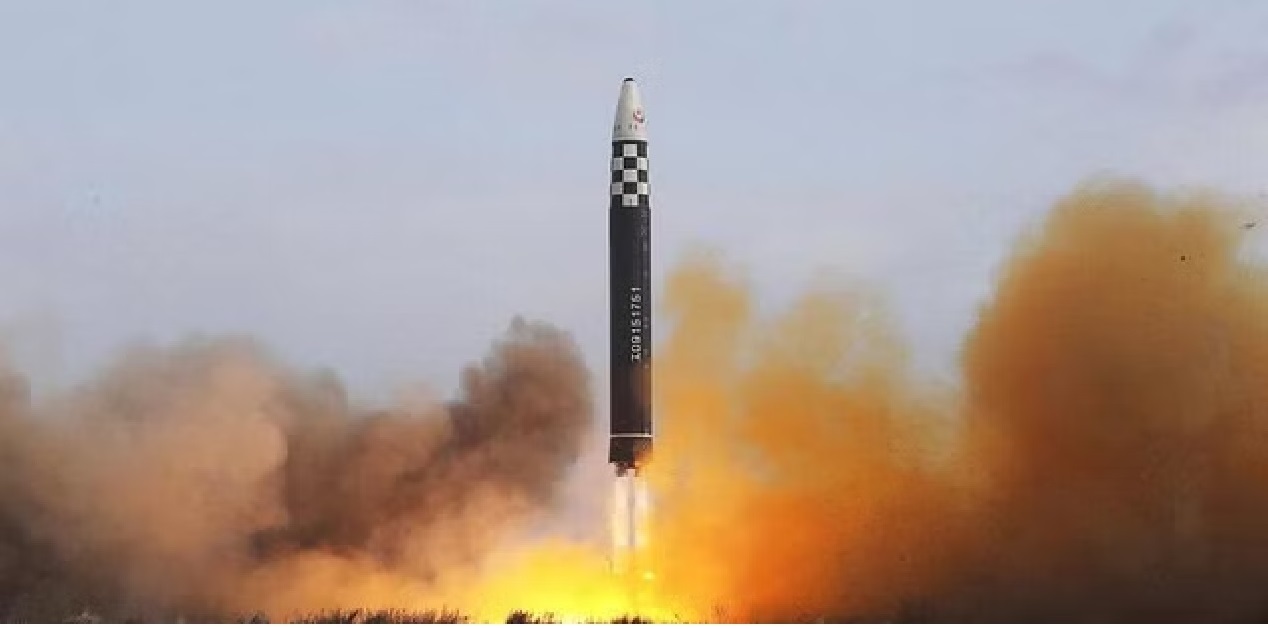
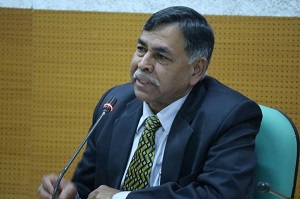


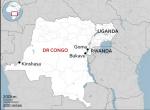
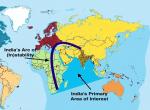

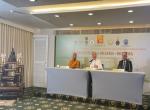


Post new comment